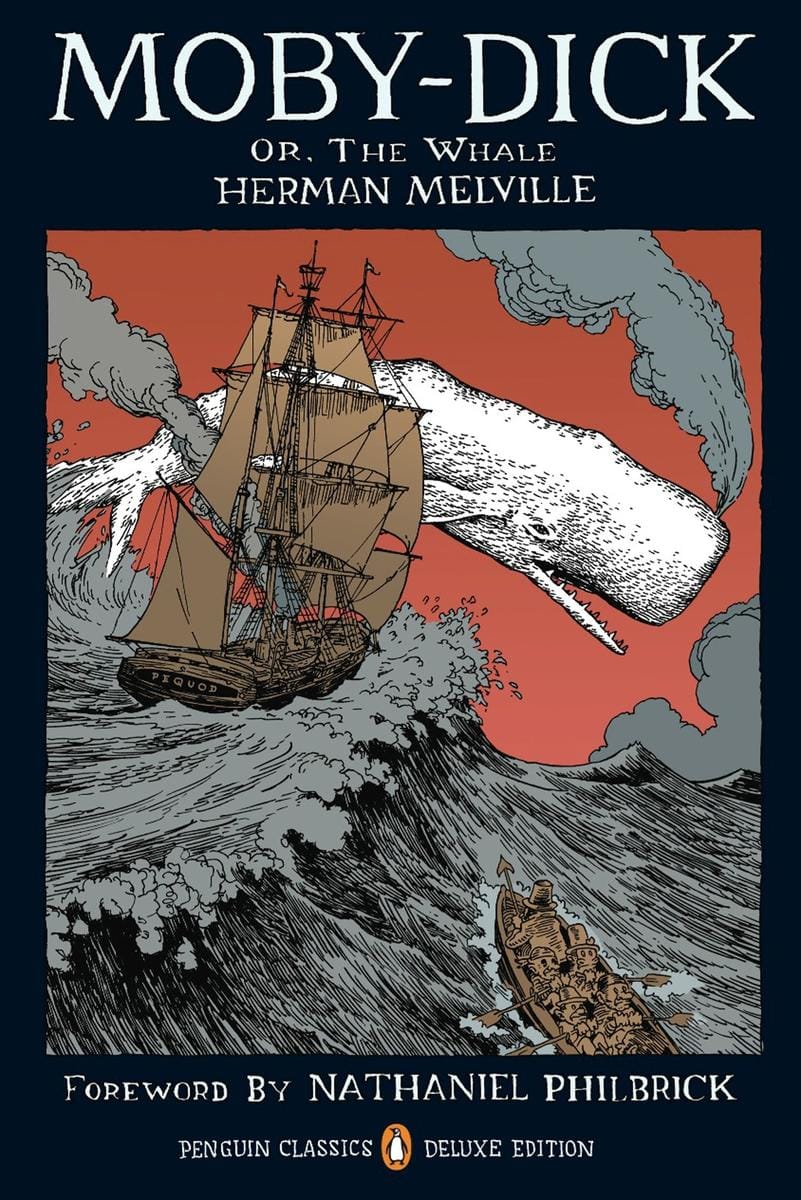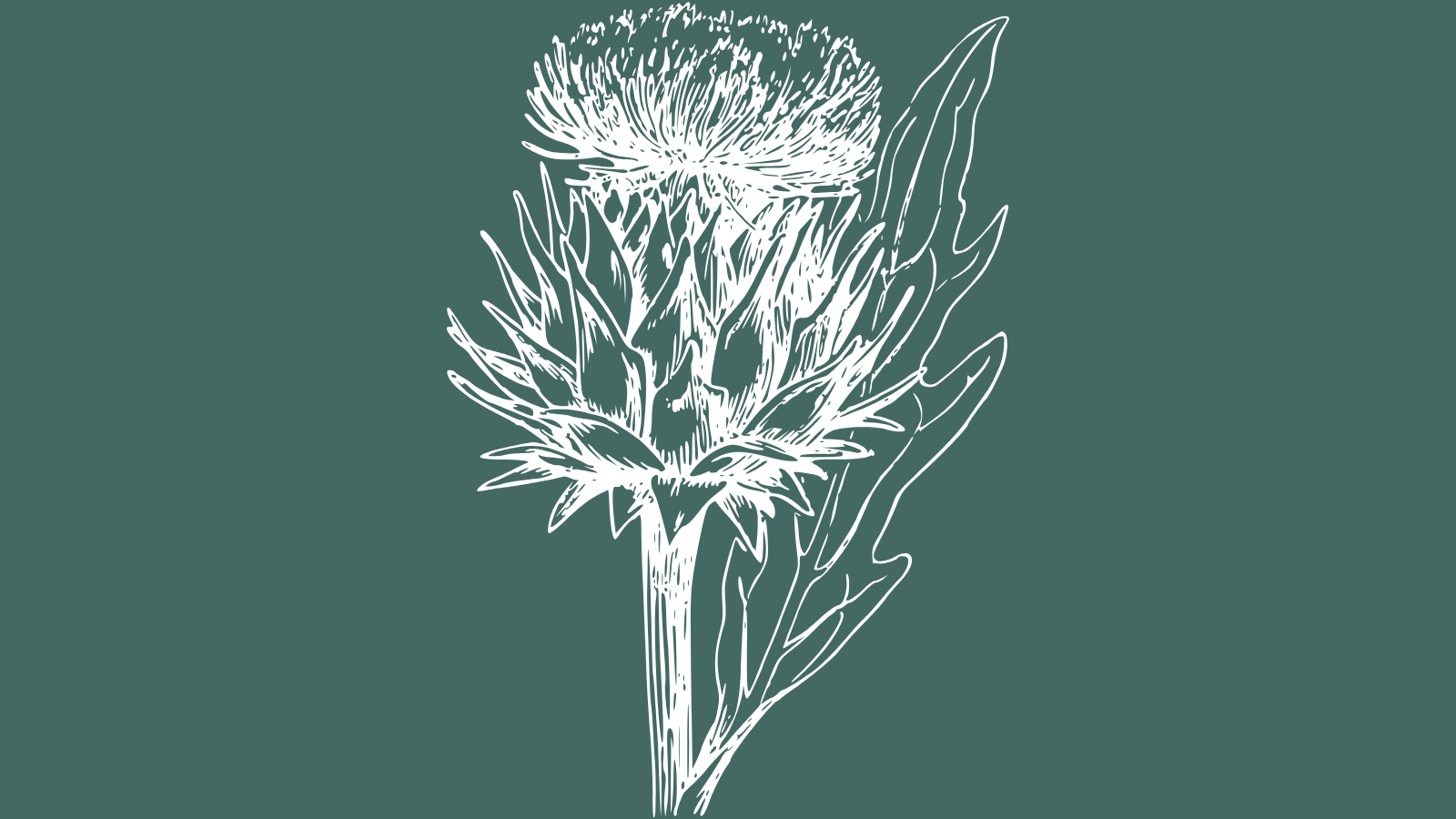Moby-Dick
The symbolism of the white whale.

Critics have different perspectives on the symbolism of the white whale in Melville’s novel. Some say Moby-Dick is God; others that the whale represents something unnameable, and its mystery is essential to understanding the story.
I believe Melville is quite explicit in the opening passages about what the whale represents. Moby-Dick, the sperm whale relentlessly pursued by captain Ahab, is “the phantom of life,” the object of the will. It is that which we chase and never attain, as Schopenhauer writes, a fundamental condition of being alive.
Being endowed with will is a paradox, both an expression of free will in the sense that we may choose what we chase, but also shaded with fatalism, a tragedy that contends we will never achieve our pursuit. The will is an engine turned on at birth, churning for as long as it can, until it ceases, or comes to admit what Leonard Cohen termed the “invincible defeat.”
In the chapter “The Symphony,” Ahab articulates this condition in quite a moving way:
“What is it, what nameless, inscrutable, unearthly thing is it; what cozening, hidden lord and master, and cruel, remorseless emperor commands me; that against all natural lovings and longings, I so keep pushing, and crowding, and jamming myself on all the time; recklessly making me ready to do what in my own proper, natural heart, I durst not so much as dare? Is Ahab, Ahab? Is it I, God, or who, that lifts this arm? But if the great sun move not of himself; but is as an errand-boy in heaven; nor one single star can revolve, but by some invisible power; how then can this one small heart beat; this one small brain think thoughts; unless God does that beating, does that thinking, does that living, and not I. By heaven, man, we are turned round and round in this world, like yonder windlass, and Fate is the handspike. And all the time, lo! that smiling sky, and this unsounded sea! Look! see yon Albicore! who put it into him to chase and fang that flying-fish?"
In the final chapters, when Ahab is hunting the whale, he scours the sea, then unnervingly looks overboard, and his reflection on the water slowly becomes the great phantom head of Moby-Dick, rising from the depths to split apart his whaling boat. This is the most striking visual of Ahab’s will: the open jaws of Moby-Dick. Ahab is Narcissus, drowning in his own image.
Moby-Dick is more than a whale, more even than a symbol for something ineffable — it is the spirit of the ocean, and the sea itself.
Thistle readers, what do you think the white whale stands for? What whales are you chasing?






